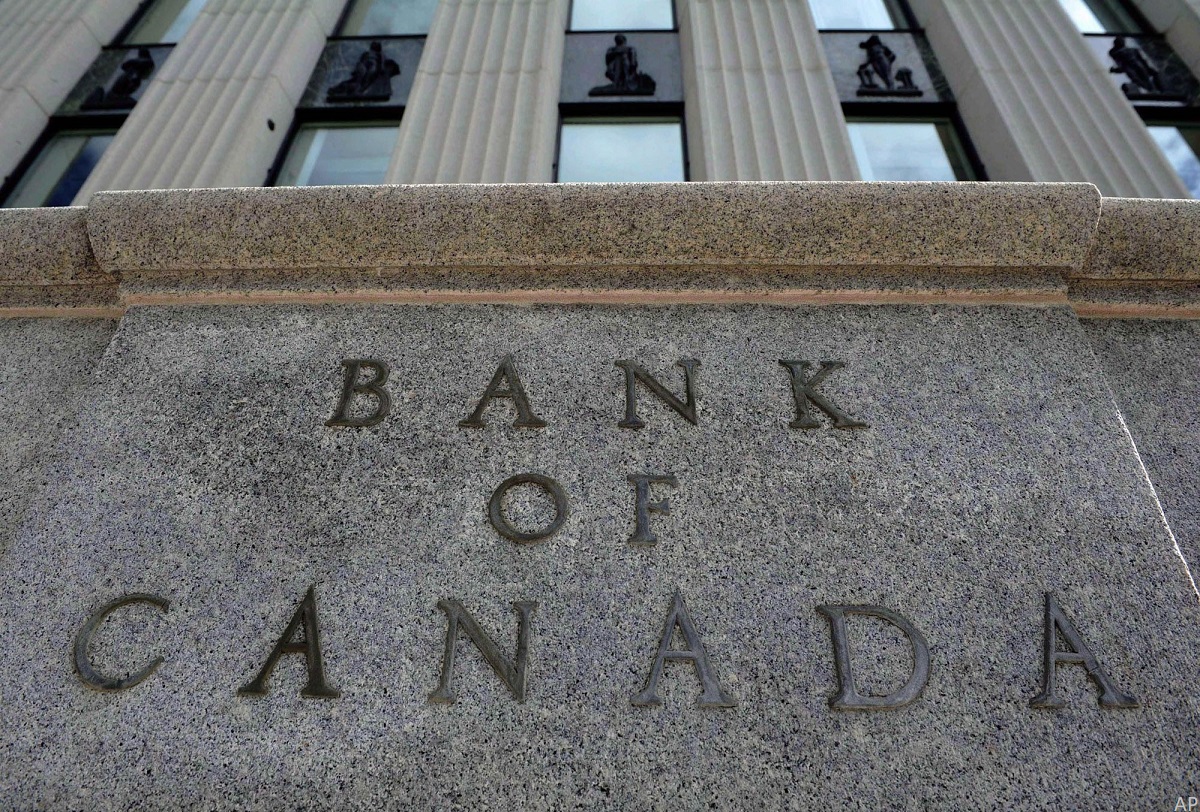
New rate hikes are unlikely, believe many economists, but can still be expected in these uncertain times.
Many observers were surprised by the central bank rate hikes this year, especially the one from the Federal Reserve on July 26. Since then, a consensus has emerged among economists that the Fed and the Bank of Canada are at the end of their escalations. But don’t hold your breath…
“The purpose of a restrictive monetary policy (increases in the key interest rate) is to lower inflation by slowing economic growth, which in turn slows the rise in prices,” explains Preston Caldwell, Senior Economist, USA, at Morningstar Research Services. The process appears to be working today as central bankers let off the brakes, but it’s worth keeping the possibility of a rate hike in mind as we enter economic roads less travelled.
Uncharted Territory
A recent study by the Federal Reserve Bank of Richmond found that inflation in the U.S is declining without a recession, and unemployment is not rising. “The current rate hike cycle is the first time since World War II that the Federal Reserve has made significant progress in reducing inflation without an associated rise in the unemployment rate,” write the study's authors.
Indeed, over the past year, inflation in the U.S. has fallen from a peak of 8.9% to 3.2% in July. In Canada, inflation stands at 2.8%, after peaking at 7.7%. During this period, the U.S. unemployment rate remained at an all-time low, dropping from 3.8% to 3.7%.
Given this situation, we have to ask ourselves: What economic situation would call for further rate hikes?
The labour market is a major factor. Although it’s starting to weaken, it still looks very strong, notes Sadiq Adatia, Chief Investment Officer at BMO Global Asset Management. “Let's put it this way: it's gone from excellent to 'very good',” she notes, “There are still 10 million jobs available in the U.S., or 1.8 jobs for every unemployed person. Consumers are still in very good shape; they're still spending and stimulating the economy." The same can be said in Canada, where employment advanced prior to the Bank of Canada's last rate hike, recording a net gain of 60,000 jobs, exceeding expectations.
However, these labour components are slowing down. “We expect the economy to slow in the second half of 2023 and the first half of 2024 due to a decline in bank lending activity (a lagged effect of rate hikes) and more cautious household spending,” says Preston Caldwell. This will put more downward pressure on inflation. The labour market (...) should also calm down, easing pressure on wages. We don't expect a recession, although that's possible, but we do expect a period of below-normal growth."
Hikes Still Unlikely
In view of this overall picture, economists feel that central banks are at the end of their rate hikes, but many would not be surprised to see one or two final hikes. Avery Shenfeld, Chief Economist at CIBC Capital Markets, sees the possibility of another hike in September in the U.S. Adatia ventures that in the U.S., “we could even see two more hikes, although our base case predicts no more hikes to come”. A survey of 150 CFOs in the U.S. predicts a further increase next quarter.
We won't really know about future hikes for some time, warns Derek Holt, Vice President and Director at Scotiabank Economics. The Fed will probably require “at least six and perhaps as many as a protracted year-long string of soft readings before being confident to ease up," he writes.
Other factors helping to defuse inflation, notes Adatia, include falling house prices and greater affordability. In addition, the current difficulties in China, where the first signs of deflation are thought to be emerging, are weighing on global growth.
On the other hand, certain factors have yet to be tamed. First and foremost, Adatia adds “energy prices seem set to rise again, insurance costs are rising, as are the prices of certain foodstuffs, particularly rice.” And it's quite possible that China will bounce back.
When Will the Rate Cuts Come?
But if central banks are no longer raising rates, should we expect them to start lowering them? Opinions differ. Some economists, like Adatia, don't see it happening for another year; others, not before mid-2024. We have a fairly solid economy, Adatia says, so there's no reason to cut rates, which would give strength to consumers, who would risk pushing up inflation. That would be the opposite of what central banks have been trying to do for the past year and a half.”
Preston Caldwell takes a very different view and readily recognizes that he clearly stands out in this respect. “We expect a first rate cut in February 2024, he announces, followed by drastic cuts until mid-2025, bringing the rate down to 1.5%-1.75%. This is well below market expectations and even those of the Fed, which expect rates to be around 3.5% in mid-2025.”
But be aware that the Richmond Fed study points to a major uncertainty that should not be overlooked: “Because of the lack of insight from past rate hike cycles, the Federal Reserve will need to remain vigilant to avoid missing its target (2% inflation) should the economy prove more resilient than anticipated.”




















